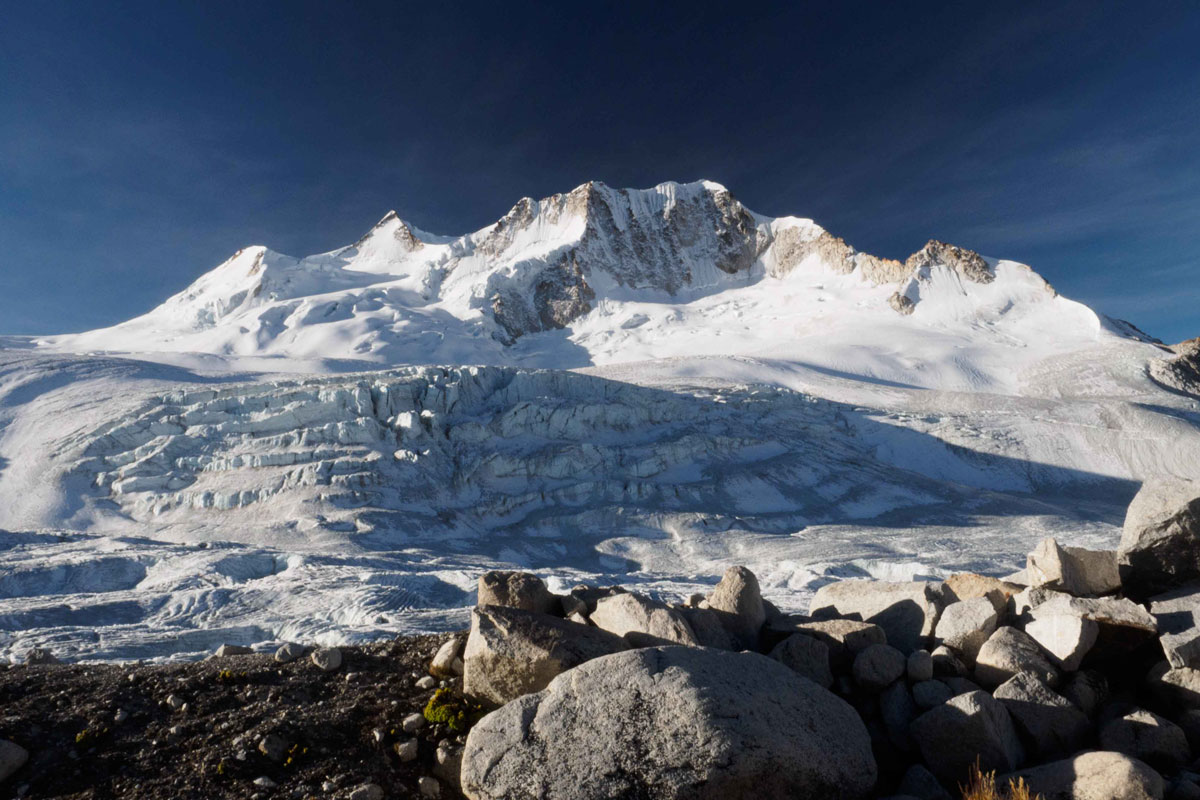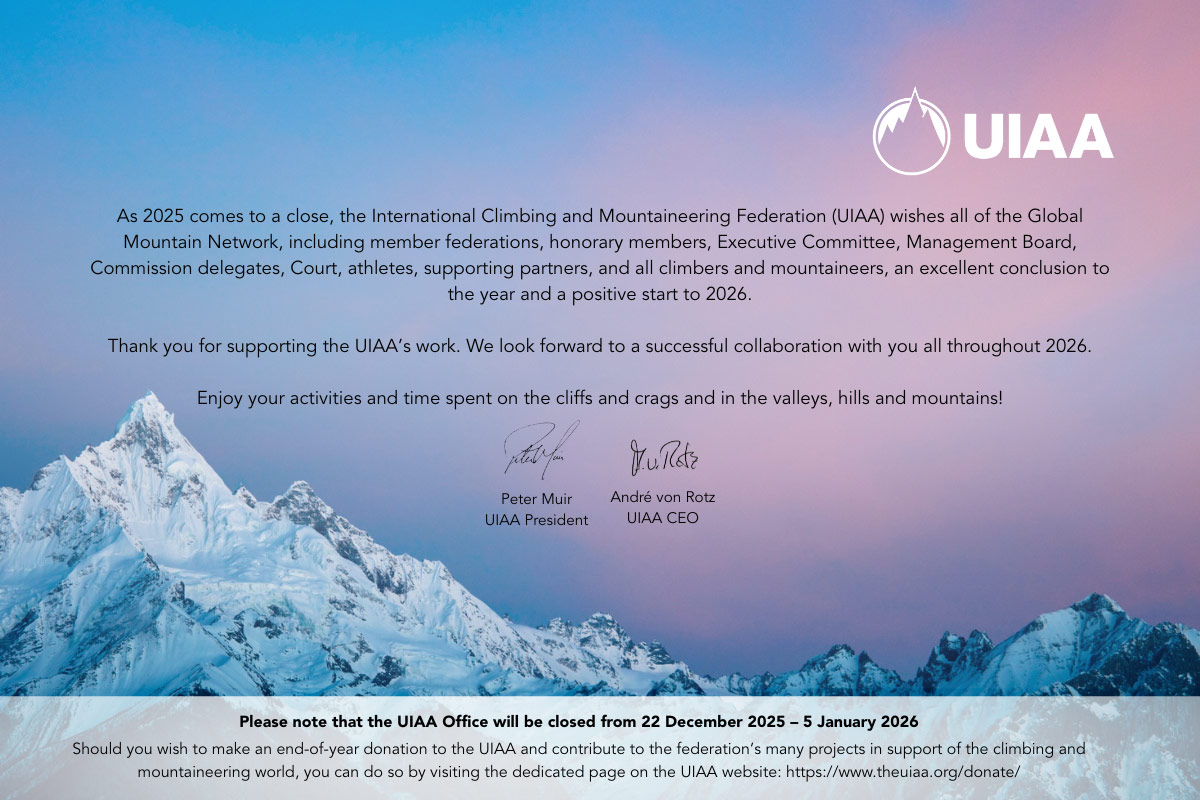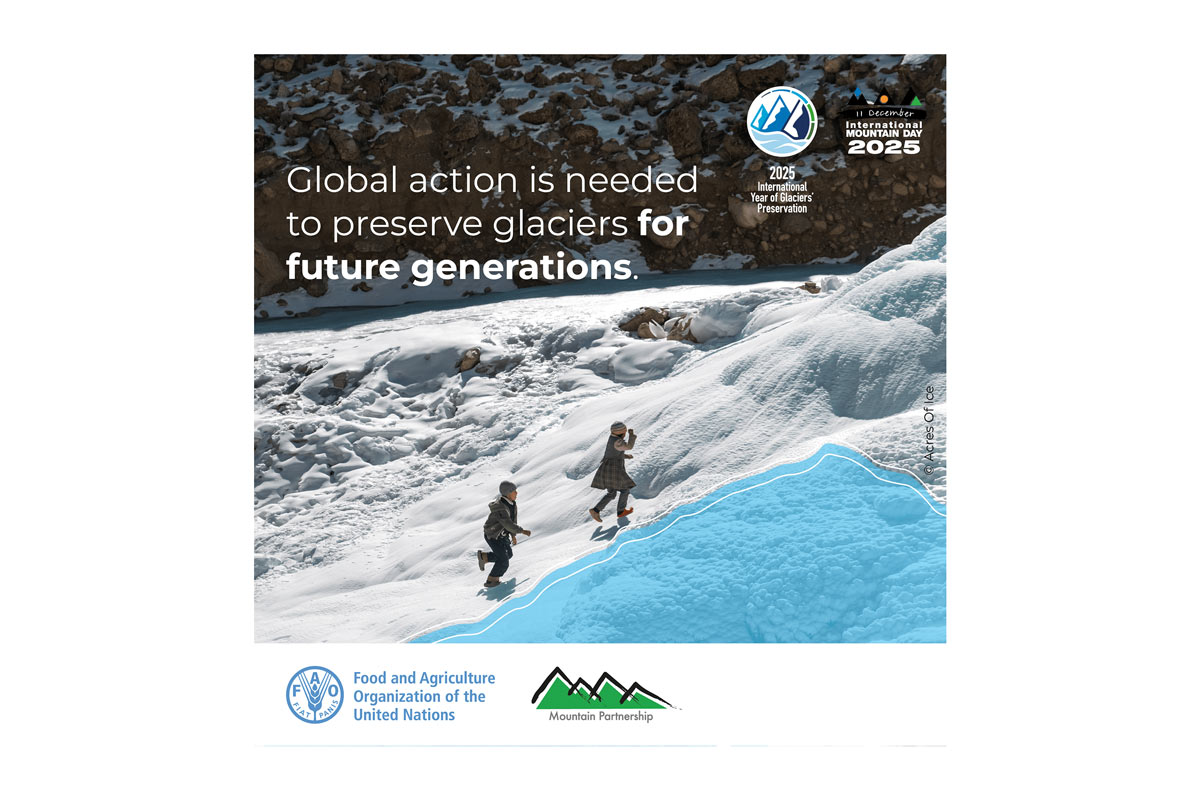Acute mountain sickness (AMS), high altitude pulmonary edema (HAPE) and high altitude cerebral edema (HACE) are the most important and most common altitude-related diseases. Up to altitudes of about 5000-6000m, symptoms of altitude illness are a direct result of inadequate acclimatization.
The UIAA Medical Commission has produced a dedicated paper titled ‘Emergency Field Management of Acute Mountain Sickness, High Altitude Pulmonary Edema, and High Altitude Cerebral Edema’. The latest edition was published in 2012 and is available in Czech, English, German, Italian, Japanese, Persian, Polish, Russian and Spanish.
Dependent on the ascent profile, up to >70% of mountaineers may suffer from symptoms of AMS. Primary prevention is therefore considered the gold standard to avoid altitude illness. This includes a conservative ascent profile, adequate hydration and energy intake, and early recognition and management of potential medical problems, both before and during the trip.
This recommendation focuses on adult mountaineers (for children see UIAA Standard No. 9 and our dedicated article). In particular, the recommendation concentrates on situations where prevention has failed or other factors contributed to the development of AMS, HACE or HAPE (weather, rescue missions, medical predisposition etc).
Note 1: Since many trekking organizations do not follow an adequate altitude/time profiles prevention starts before booking! Check carefully the profile of your tour!
Note 2: An “adequate altitude/time profile” is defined in the paper.
Risk situations for AMS, HAPE, and HACE
Risk factors
- Inadequate high altitude ascent profile (i.e., too rapid an ascent) and /or ignorance of the need for acclimatisation
- g.: airport of destination at high altitude, ascent by vehicle or undertaking an “aggressive” altitude profile while hiking. Note: The high camps of several expedition routes are situated within ~1000m of altitude difference. Here “yo-yo” tactics” (no overnight stay for the first ascent(s) to these camps) is recommended.
- Team blocked/stranded at high altitude
- “Re-entry problems” of people living at high altitude after visiting sea level for several days or weeks
- Previous History of AMS, HACE or HAPE
- Victim ignoring early symptoms of altitude illness
- Dehydration
- Elderly people (>65 years) showed a 3-fold higher risk for HAPE. No such risk was found for AMS and HACE.
Altitudes and time frames
- Typical altitudes at risk:
– >ca. 2,500 m for AMS
– >ca. 3,000 m for HAPE
– >ca. 4,000 – 5,000 m for HACE
Note: symptoms lower than the altitudes mentioned are rare, but even severe cases are possible!
- Typical time frame for symptoms
– AMS: > 4 hrs and <24 hrs after ascent to new altitude
– HAPE (& HACE): >24 hrs
Note: Onset of AMS-symptoms <4 or >24 hrs, or HAPE-symptoms <24 hours is rare, but possible!
Prevention of altitude diseases
- Acclimatise properly!
– Above 2500-3000m the next night should not be planned more than 300-500m higher than the previous one
– Have two nights at the same altitude after every 2-4 days of ascent. On this day you may climb higher, but return to sleep.
– The use of drugs to prevent altitude symptoms should be restricted to some special situations, especially if a fast ascent cannot be avoided for any reason (airport of destination at high altitude, rescue operations) or when a person suffers from symptoms although he/she has followed an adequate altitude profile (so called “slow acclimatiser”). For several reasons, especially cost-effectiveness-risk-ratios, acetazolamide is recommended. Mostly 500 mg/day has been recommended, but the dose-responsiveness is limited and 250-750 mg/day has been proven to be nearly equally effective.
Typical symptoms of AMS
- Headache (most often diffuse and non-localized, but other types of headache do not exclude AMS)
- Sleep disorders
- Loss of appetite
- Dizziness
- Listlessness
- Peripheral oedema
- Severe heart palpitation
- Nausea or vomiting
Note: AMS is a clinical diagnosis and should not be based strictly on any scoring system. Such systems may be used to quantify the severity of AMS.
Note: In case of severe listlessness or somnolence: consider HACE!
Note: Dyspnoea at light workload or even at rest: consider HAPE!
Typical symptoms of HAPE
- Dyspnoea even at light workloads progressing to dyspnoea at rest
- High breathing rate (>30/min. in 69% of the cases [10])
- Rapid decrease in performance (cardinal symptom!)
- Cough
- High pulse rate
- Chest tightness
- “Bubbling” breath sounds, cyanosis and bloody/foamy expectoration in severe cases
- Mild fever
Typical symptoms of HACE
- Severe headache without response to usual painkillers
- Nausea and vomiting
- Dizziness
- Ataxia
o Note: The heel-to-toe walking test is a very sensitive and simple field test which also helps to differentiate unclear situations (e.g. if people want to mask their symptoms) - Altered consciousness, confusion or hallucinations
o Irrational behaviour may indicate an early stage! - Final stage: coma and death by respiratory paralysis
- Frequently there is loss of insight, by the patient, who may insist that they are all right and just wish to be left alone.
Note: Lay persons should always treat mountaineers for AMS, HAPE, HACE first, unless they are absolutely sure that there is another reason for the symptoms. Doctors should also always consider AMS, HAPE, or HACE at (high) altitude first, but they should always take other diagnoses into account, especially those listed in the tables identified in the paper.
Note: If it should be impossible for lay persons to decide whether a patient suffers from HAPE or HACE he should be treated for both.
The full paper – including links to appendices and footnotes – can be downloaded here.
This is the latest extra from the UIAA’s internationally renowned high-altitude medical papers. To discover more please click here.
Already published:
#1 Nutritional considerations in mountaineering
#2 Children at Altitude
#3 Mountain activities for people with pre-existing cardiovascular conditions
#4 Avoiding the perils of Kilimanjaro
#5 What you need to know about water disinfection in the mountains
#6 Advice for Gap Year Explorers. How to Check The Quality of a Commercially Organised Trek or Expedition
#7 Dealing with Eye Problems in Expeditions
#8 A Guide on When and How to Use Portable Hyperbaric Chambers
#9 Golden Rules for Novice Climbers
#10 Advice for Women going to Altitude
#11 Advantages and Disadvantages of Using Walking Sticks in the Mountains
Main Image: 2018 MPA Nominee: Study and Monitoring of Chachacomani Glacier



